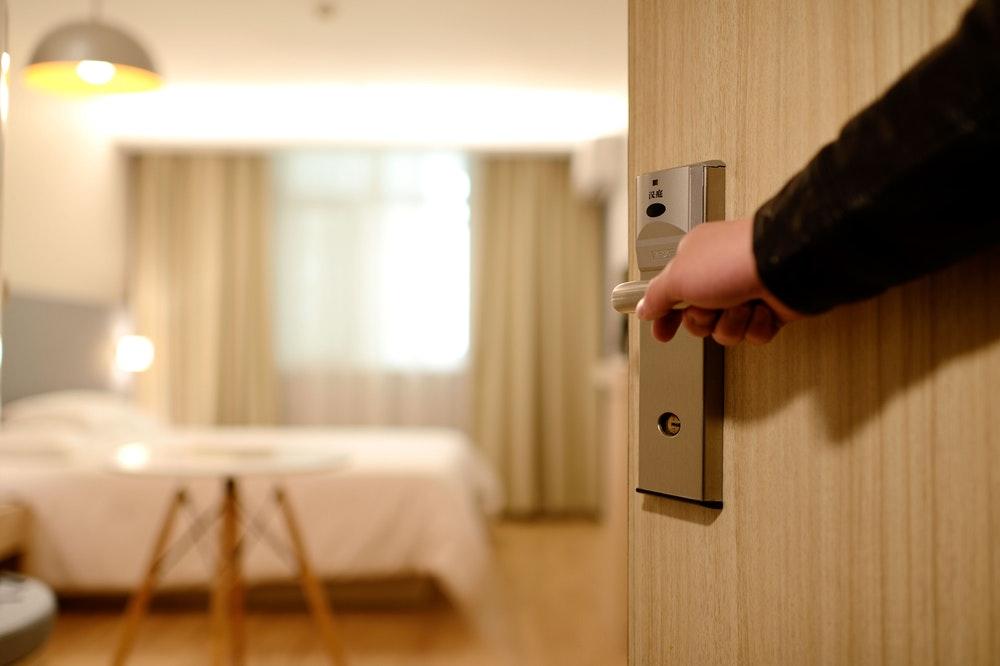You want tenants living in your building, not guests, for long periods. Trying to prevent all guests from short stays isn’t practical and could hurt your relationship with a tenant. But allowing someone to move in and live in a unit without being screened like any other tenant or signing a lease can start problems you want to avoid.
The main difference between a tenant and a guest is a tenant signed the lease. Because of that agreement, a tenant must follow its terms and conditions or potentially face eviction. A guest is someone living in the unit but not a party to the lease. Liability for a guest’s actions should fall to the hosting tenant, but you may find yourself on the legal hook depending on the circumstances.
Does Your Lease Mention Guests?
If not, it should. Everyone living in your building must be accountable for their actions or failure to act when required. That accountability can arise from the lease’s contractual language. You should have in writing what defines a bona fide guest who’s welcome to stay and someone who’s living as a tenant but not on the lease. Here are requirements you can create and communicate to set boundaries:
- Set a maximum number of occupants based on the size of the unit and its floor plan. Local regulations may also impact how many people can live there
- Define how long an acceptable visit will be. How many consecutive days would be OK with you? You may also want to limit the overall days monthly and annually. You want to avoid the situation where you say a visit of seven consecutive days is acceptable, so the person sleeps elsewhere, comes back for seven days, and repeats the cycle to comply with your lease
- Most leases have language banning sub-leases without your approval. Your tenant may claim the person’s just a guest but they’re subleasing part of the property to another
It’s not your job to patrol your tenant’s personal life, but you need a level of control over your property.
Is the Person a Guest Staying for a Short Period or Have They Moved In?
Here are some indications to look for:
- The guest stays multiple nights. Security footage may spot them coming and going from the unit regularly over time, and their vehicle may be parked on or near your property
- The guest has their furniture in the apartment.
- Mail addressed to the guest comes to your property
- The guest partially or completely pays the rent. If your tenant has financial issues, family members may help with rent without moving in. But if there are signs a guest is in the apartment, plus payment is coming from them, they’ve probably moved in. Don’t accept payment from a guest, or you may create a landlord-tenant relationship (with all the legal requirements that come with it) without doing a background check to determine if you want the person there or binding the person to the lease agreement
If you see these signs, it’s time to talk to your tenant. All adult tenants should sign the lease agreement. This helps make them accountable, and you know who’s living on your property.
Looking the Other Way Isn’t a Good Idea
You should screen your tenants to ensure they’re not a potential threat to others. If you know what’s going on but look the other way and the person commits a crime or harasses another tenant, that failure to act reasonably could be a reason to file legal action against you.
It also sets a bad precedent. If you allow a non-tenant to live on the property, other tenants will figure out what’s going on and have guests move in with them too. Depending on the circumstances, if you selectively enforce lease provisions and ignore the issue with some tenants but not others, you may be accused of illegal discrimination.
We’re Here to Help
If you’re a landlord and have questions about handling someone moving into a unit without signing a lease or you need legal representation, call Anthony Burton at (949) 244-4207 or complete our online contact form today.










